What are Pokies Tarantula
Pokies tarantulas, belonging to the genus Poecilotheria, are a group of arboreal tarantulas highly sought after in the pet trade. These fascinating creatures are native to the forests of Southeast Asia, particularly India and Sri Lanka. Known for their striking appearance and unique behaviors, pokies tarantulas captivate both experienced arachnid enthusiasts and those new to the hobby. The name ‘pokies’ is a common nickname used by hobbyists, making them instantly recognizable within the tarantula community. They are characterized by their intricate leg patterns, often featuring vibrant colors that contrast against a darker background, making them visually stunning and highly prized among collectors and keepers. Understanding what makes them unique requires exploring their origins, identifying features, and the challenges involved in their care. They are known for their potent venom, so while they are fascinating, they should be handled with caution and respect.
Origin and Habitat of Pokies Tarantula
Where do Pokies Tarantula Live?
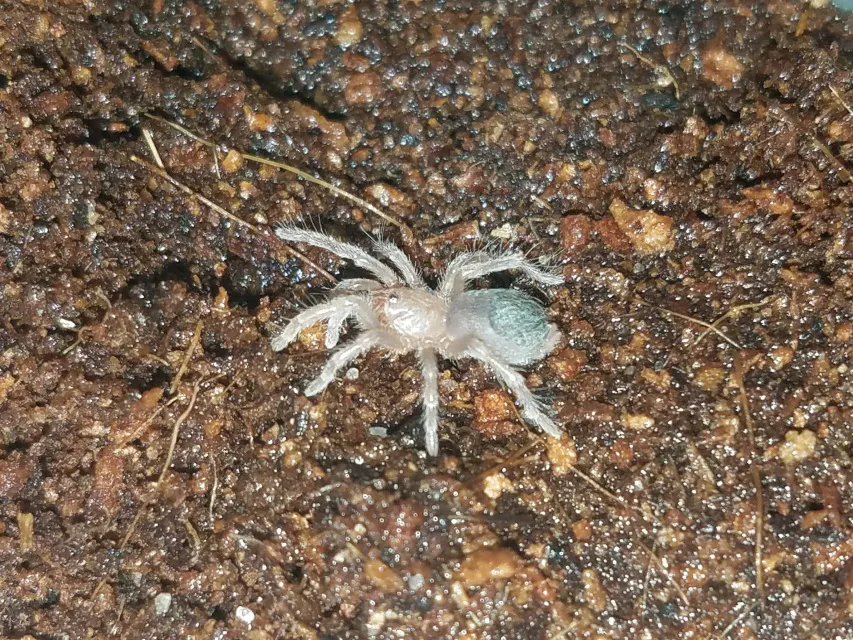
Pokies tarantulas are endemic to specific regions within Southeast Asia. They are primarily found in countries such as India, Sri Lanka, and parts of Myanmar. Within these regions, they inhabit diverse environments that cater to their arboreal lifestyle, primarily residing in trees, and exploiting the natural features of these habitats. Their distribution highlights a close relationship with the specific climatic conditions and ecological niches that these regions provide. Their presence and survival is highly dependent on these environments. It is important to recognize and protect the delicate ecosystems in which these tarantulas thrive.
Natural Habitat
In the wild, pokies tarantulas prefer to make their homes in the canopies of tall trees, utilizing the bark and crevices for shelter. Their natural habitat typically consists of humid, tropical forests. The microclimates within these forests offer ideal conditions for the tarantulas, with a consistent temperature and humidity levels that are crucial for their survival. They are predominantly nocturnal hunters, using the cover of darkness to ambush prey. The availability of insects, smaller arthropods, and occasionally small vertebrates within these forests provides the sustenance they need. Understanding their habitat requirements is essential for providing appropriate care for them in captivity and for conserving their natural environments.
Identifying Pokies Tarantula
Physical Characteristics

Size and Appearance
Pokies tarantulas are among the larger tarantula species, with a leg span that can reach up to 8-10 inches, depending on the species. Their bodies are robust, with a cephalothorax (the combined head and thorax) that is well-defined. A distinctive feature is their large, powerful chelicerae, used for grasping and injecting venom into their prey. Their abdomens are typically covered in urticating hairs, which they can flick off as a defense mechanism. The overall size and appearance make them imposing, yet fascinating creatures.
Coloration and Markings
The coloration of pokies tarantulas is one of their most captivating features. They exhibit a range of colors, often displaying intricate patterns on their legs and bodies. Common colors include shades of gray, brown, black, yellow, and orange. The patterns vary depending on the species, but they often feature complex designs, like the distinctive markings on the legs. These patterns not only add to their aesthetic appeal but can also serve as a form of camouflage in their natural habitat. The vibrant colors and patterns make them stand out in the pet trade, and provide endless fascination for those who keep them.
Behavioral Traits
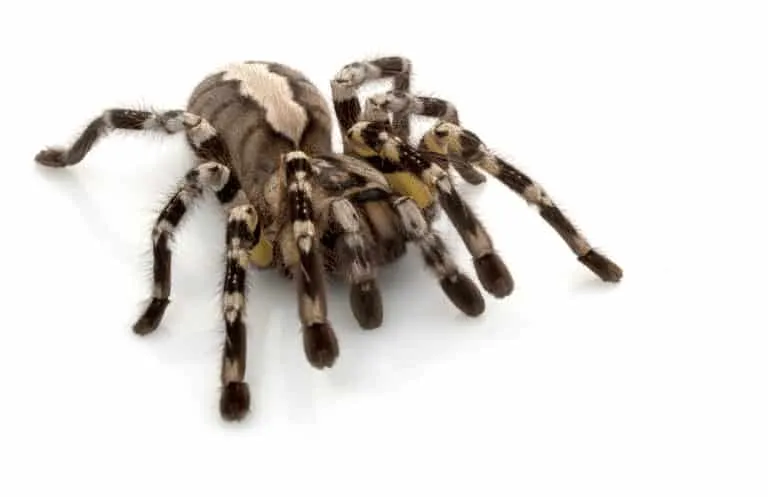
Temperament and Defenses
Pokies tarantulas are known for their defensive behaviors, including a threat posture where they rear up, displaying their fangs. They can also flick urticating hairs as a defense. Despite their intimidating nature, they are generally not prone to biting unless provoked. Their temperament can vary, with some individuals being more skittish and aggressive than others. They are fast-moving spiders, and their speed is another form of defense. Understanding these behavioral traits is crucial for ensuring safe handling and providing appropriate care.
Feeding and Diet of Pokies Tarantula
What do Pokies Tarantula Eat?
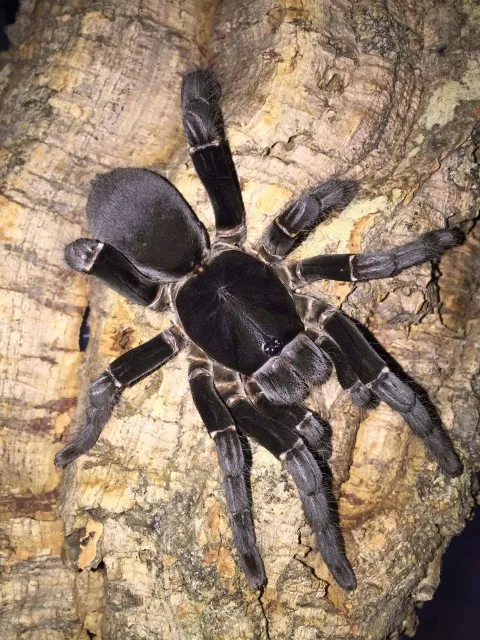
In the wild, pokies tarantulas are opportunistic predators, feeding primarily on insects, such as crickets, cockroaches, and moths. They will also consume other arthropods and occasionally small vertebrates, such as lizards or small birds, if the opportunity arises. Their diet in captivity should mimic their natural feeding habits. This includes a variety of insects to ensure they receive a balanced intake of nutrients. The size of the prey should be appropriate for the tarantula’s size, with juveniles requiring smaller meals than adults. Offering a diverse diet is essential for their health and well-being.
How Often do they Feed?
The frequency of feeding depends on the tarantula’s age and growth stage. Juvenile pokies tarantulas should be fed more frequently, typically every 2-3 days, to support their rapid growth. Adult tarantulas can be fed less often, usually once a week or every other week, as they have a slower metabolism. It’s important to observe the tarantula’s feeding behavior. If they refuse food, it could indicate they are in pre-molt or are not hungry. Always remove any uneaten food to prevent mold and maintain a clean enclosure. Providing the right amount of food prevents health problems associated with both overfeeding and underfeeding, and helps to maintain a healthy spider.
Captive Care for Pokies Tarantula
Enclosure Requirements
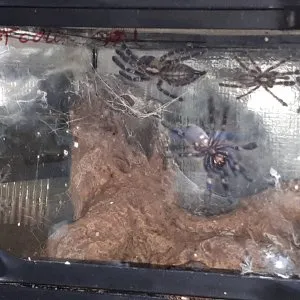
Providing a suitable enclosure is essential for the well-being of pokies tarantulas in captivity. Because they are arboreal, the enclosure should be tall rather than wide, allowing them to climb and explore. The enclosure should be made of glass or clear plastic, with secure ventilation to ensure proper airflow and prevent mold growth. The size of the enclosure should be proportional to the tarantula’s size. A juvenile spider can live in a smaller container, while adults need a larger space to move around comfortably. The enclosure should be escape-proof, as these tarantulas are quick and can easily escape. A secure lid is crucial to prevent them from escaping.
Temperature and Humidity
Maintaining the correct temperature and humidity levels is vital for pokies tarantulas. They thrive in a warm and humid environment, similar to their natural habitat. The ideal temperature range is between 75-85°F (24-29°C). This can be achieved using a heat lamp or a heat mat attached to the side of the enclosure. Humidity should be maintained at around 70-80%. This can be achieved by misting the enclosure with water regularly, typically 2-3 times a week, and by providing a water dish. Using a hygrometer will help to monitor the humidity levels. Consistent temperature and humidity contribute to the tarantula’s overall health and successful molting.
Substrate and Habitat Setup
The substrate should be deep enough for the tarantula to burrow if it chooses. A mix of substrate like peat moss, coco fiber, and vermiculite is ideal. The substrate should be kept slightly moist but not waterlogged. The habitat setup should include elements that mimic their natural environment. This includes providing climbing branches, cork bark, or artificial plants for climbing and hiding. A water dish with fresh water should always be available. The decor should be secured to prevent it from falling and potentially injuring the tarantula. A well-designed habitat not only provides a comfortable environment but also allows the tarantula to express its natural behaviors.
Handling and Safety
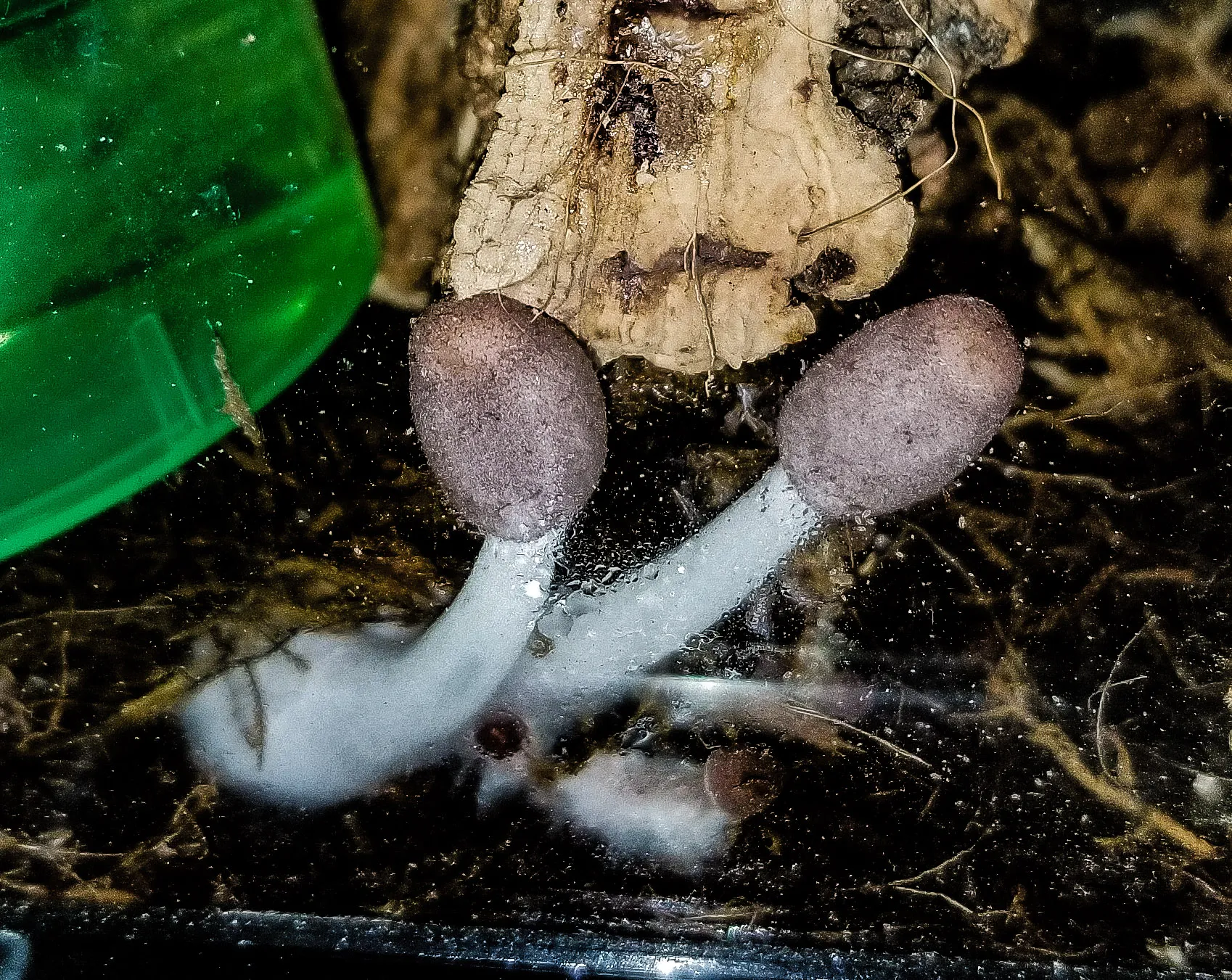
While pokies tarantulas are captivating creatures, they should be handled with caution. They possess potent venom and can bite if they feel threatened. Handling them is generally not recommended unless necessary, such as for enclosure maintenance. If handling is required, it should be done carefully and slowly, allowing the tarantula to get used to your presence. Avoid sudden movements, which can startle the spider. Always wash your hands thoroughly before and after handling the tarantula. It is advisable to keep a safe distance and respect their space to avoid any potential bites or defensive behavior. It’s important to know the risks and take appropriate precautions.
Common Health Issues
Molting Process
Molting is a natural process where the tarantula sheds its exoskeleton to grow. During this time, the tarantula will usually stop eating and may appear sluggish. The molting process can take several hours or even days, depending on the tarantula’s size and the environmental conditions. It’s crucial to avoid disturbing the tarantula during molting, as it is vulnerable. Ensure that the enclosure’s humidity and temperature are optimal. Once the molting is complete, the tarantula will be soft and vulnerable. Do not feed the tarantula for a week or so until its fangs have hardened. The molting process is a sign of a healthy tarantula that is growing.
Signs of Illness
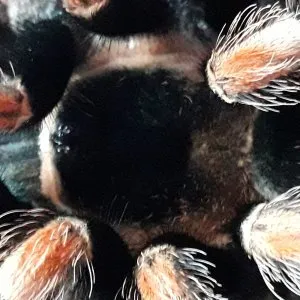
Keeping an eye on the tarantula for signs of illness is crucial. Symptoms to watch out for include a loss of appetite, lethargy, and unusual behavior. Other signs include tremors, difficulty moving, and discharge from the mouth or other body parts. If you notice any of these symptoms, it’s essential to consult with a veterinarian experienced with arachnids. Providing appropriate care, maintaining optimal environmental conditions, and regularly inspecting your tarantula for any abnormalities can help prevent health issues. Early detection and intervention are key to ensuring the tarantula’s well-being.
Conservation Status and Threats
Threats to Pokies Tarantula
Pokies tarantulas, like many species, face several threats. Habitat destruction due to deforestation and urbanization is a major concern. Over-collection for the pet trade is another factor. Climate change and its impact on their natural habitats can also pose a significant risk. Understanding these threats is essential for implementing effective conservation strategies and ensuring the survival of these fascinating creatures. Educating the public and supporting conservation efforts are vital.
Conservation Efforts
Various conservation efforts are underway to protect pokies tarantulas and their habitats. These include habitat preservation projects, sustainable collection practices, and educational campaigns. Captive breeding programs can help to reduce the pressure on wild populations. Supporting organizations dedicated to conservation is another way to help. Awareness and education are essential tools for promoting responsible pet ownership and protecting these beautiful creatures. Through these conservation efforts, we can work towards ensuring the long-term survival of pokies tarantulas in their natural environments.
Conclusion
Pokies tarantulas are remarkable creatures that deserve our respect and protection. Their striking beauty, unique behaviors, and the challenges in their care make them a fascinating subject. By understanding their needs, supporting conservation efforts, and practicing responsible pet ownership, we can contribute to the preservation of these amazing spiders for future generations. Whether you are an experienced arachnid enthusiast or simply curious about these fascinating creatures, learning more about pokies tarantulas offers a window into the amazing diversity of life on our planet.
